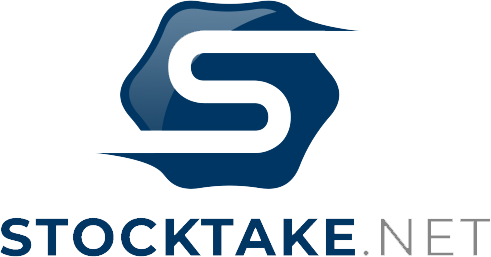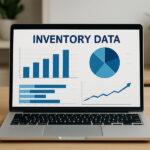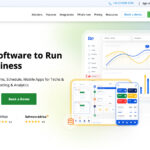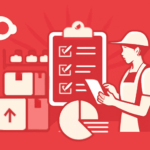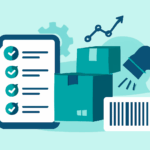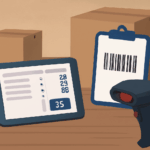Understanding Computer Vision in 2025
Computer vision lets computers interpret and process visual information from the world. By 2025, this technology has moved far beyond recognizing simple shapes or colors. Today, computer vision can identify objects, count items, and even measure sizes with high accuracy.
The Role of Machine Learning
Most computer vision systems use machine learning. They learn from large amounts of visual data. This helps them recognize patterns and make decisions with little human help. In smart scales, this means the system can spot and weigh objects accurately without much user input.
Smart Scales: How Far Have We Come?
Smart scales now do more than measure weight. With computer vision, these devices can scan what is placed on them. Some smart scales use cameras. Others use sensors that detect shape, size, and type of items. Integrated software then combines this data to give detailed results, like calorie estimates or food tracking.
Examples of Real-World Use
- Kitchen scales: They can recognize different foods and suggest nutritional facts.
- Industrial scales: Factories use them to check packages and goods for correct quantities.
- Retail: Self-checkout lanes use object recognition to spot what’s being purchased.
What Is Real, and What’s Hype?
Many smart scale features work well in labs or controlled settings. In the real world, accuracy depends on many things. Lighting, item placement, or unusual shapes can affect results. Computer vision struggles with unfamiliar items, heavy clutter, or poor camera quality. Still, for common tasks—like weighing and recognizing popular foods—these systems are reliable.
Limitations and Challenges
- Accuracy: Not perfect for complex or messy items.
- Cost: High-end models are expensive.
- Privacy: Cameras and data sharing raise privacy concerns.
What to Expect Next
Computer vision in smart scales will keep improving. Machine learning models will get better at identifying objects and handling tough conditions. More brands will add these features to make scales smarter and more helpful for users at home and at work.
Conclusion
Computer vision has made smart scales more useful and accurate. Some challenges remain, but for many tasks, these systems work well today. Over time, expect further improvements and broader adoption in kitchens, stores, and industry.
